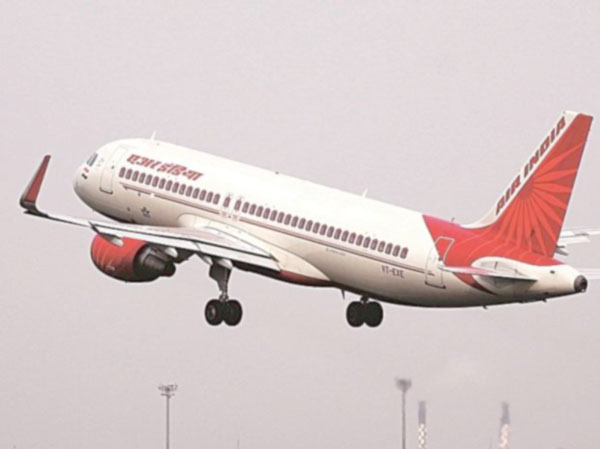By Ajai Shukla
In a display of cost-cutting synergy between ministries, the government has announced that six used Air India A-320 jet airliners will be recycled into Airborne Early Warning & Control (AEW&C) systems for the Indian Air Force (IAF). This will involve withdrawing the airliners from Air India, sending them to France for fitment of airborne radars, and then handing them over to the Defence Research and Development Organisation (DRDO) to be integrated with the complex software that will allow these aircraft to function as “eye-in-the-sky” controllers of air force battles.
The “acceptance of necessity” (AoN) of AEW&C systems was one of seven procurement clearances the ministry of defence (MoD) announced on Thursday, amounting to Rs 28,000 crore. The MoD terms this as a “big boost to make in India”. These are the first AoNs the MoD is according under the new Defence Acquisition Procedure 2020. “Six of the seven proposals, [worth] Rs 27,000 crore out of Rs 28,000 crore for which AoNs were granted, will be sourced from the Indian industry to give a boost to the ‘Make in India’ and ‘Atmanirbhar Bharat’ initiatives of the government,” stated the MoD.
The bulk of the work in developing the AEW&C systems will be carried out by the Centre for Airborne Systems (CABS), a DRDO laboratory that has earlier developed two smaller AEW&C systems. Those systems, called the Netra, are carried aloft on Brazilian Embraer business jets that were purpose-bought for this system. The use of Air India A320 airliners is expected to substantially reduce costs. CABS’ share of the work is worth an estimated Rs 10,500 crore.
In 2015, the MoD had cleared a Rs 5,113 crore project to build a single AEW&C system based on the Airbus A330 aircraft. Now, by removing the cost of a new airliner from the overall project cost, the new AEW&C aircraft will work out substantially cheaper.
Offshore patrol vessels
Besides AEW&C systems, the MoD also cleared the commencement of procurement of 11 Next Generation Offshore Patrol Vessels (NG OPVs) for the navy. An AoN had already been accorded for building six NG OPVs, and the MoD has raised that requirement by five more vessels to make up for the cancellation of the contract awarded to Reliance Naval and Engineering (RNaval) for building five Naval Offshore Patrol Vessels (NOPVs) at its shipyard in Pipavav, Gujarat.
R Naval had won the order in 2011 and was to deliver the first vessel by November 2014 and all five before November 2016. In 2018, after R Naval failed to deliver even the first NOPV, the navy encashed the firm’s bank guarantees. Last September, the MoD scrapped R Naval’s contract. The navy regards OPVs as critical assets that, by carrying out missions such as anti-piracy patrols and surveillance over India’s exclusive economic zone (EEZ), allow the navy to conserve expensive, weaponised capital warships such as corvettes, frigates and destroyers that are wasted on non-combat missions.
There is hectic lobbying amongst Indian defence shipyards for the order to build NG OPVs. Private sector shipyards, such as Larsen & Toubro, say the order to build relatively simple craft such as NG OPVs, would prepare them and give them the experience needed to graduate to building highly complex capital warships. An AoN was also awarded for procuring modular bridges for the army from domestic firms that have developed the experience to design and build them.
Modular bridges are essentially bridges that are broken up into independent components, each an independent bridge in itself that is transported on a high-mobility vehicle. When an obstacle, such as a river, is required to be crossed by an advancing army, a vehicle-borne modular bridge is quickly launched to allow the advance to resume without the delay that occurs in building a bridge manually.


